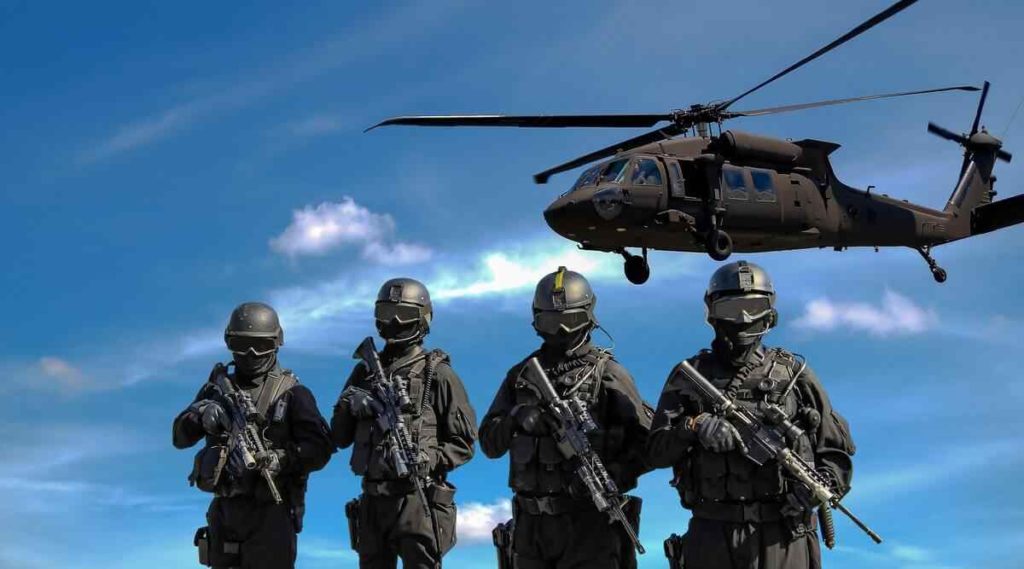Indian Army
The Indian Army, known for its valor, discipline, and dedication, has undertaken several major military operations throughout its history, each leaving an indelible mark on the nation’s collective consciousness. From defending the borders to conducting rescue missions, these operations exemplify the bravery and professionalism of India’s armed forces. Let’s delve into some of the most notable operations that have made India proud.
Operation Vijay (1999)
Operation Vijay, also known as the Kargil War, stands as one of the most significant conflicts in recent Indian history. It was launched in response to the infiltration of Pakistani soldiers and militants into Indian territory in the Kargil sector of Jammu and Kashmir. The primary objective was to flush out the intruders and safeguard the integrity of the nation’s borders.
Despite facing adverse terrain and challenging weather conditions, the Indian Army displayed exceptional courage and determination during Operation Vijay. Through meticulous planning and relentless combat, they were able to reclaim strategic positions and evict the enemy forces. The successful outcome of the operation reaffirmed India’s commitment to defending its sovereignty and garnered international acclaim.

Operation Meghdoot (1984)
Operation Meghdoot, initiated in 1984, aimed to secure control over the contested Siachen Glacier region in the northern part of Jammu and Kashmir. This high-altitude operation was crucial for asserting India’s territorial claims and preventing any potential threats from neighboring adversaries.
Facing extreme cold and treacherous terrain, the Indian Army undertook the daunting task of establishing military posts at dizzying heights. Despite the logistical challenges and inhospitable conditions, they demonstrated unwavering resolve and resilience. Operation Meghdoot not only safeguarded India’s strategic interests but also showcased the army’s ability to operate in the harshest environments.
Operation Cactus (1988)
Operation Cactus exemplifies India’s commitment to regional stability and humanitarian assistance. In 1988, when a coup d’état threatened the Maldivian government, India swiftly intervened to restore order and uphold democracy in the island nation. Indian paratroopers were airdropped to neutralize the insurgents and protect the legitimate government.
This swift and decisive action not only thwarted the coup attempt but also earned accolades from the international community for India’s proactive role in preserving peace and security in the region. Operation Cactus underscored India’s capabilities as a responsible regional power and strengthened diplomatic ties with the Maldives.

Operation Black Thunder (1986-1988)
Operation Black Thunder was launched to counter the growing menace of terrorism in Punjab during the 1980s. The operation aimed to flush out militants holed up inside the Golden Temple complex in Amritsar, which had become a stronghold for insurgent activities.
Led by the National Security Guard (NSG) commandos, the operation involved meticulous planning and precision strikes to minimize collateral damage and civilian casualties. Despite facing fierce resistance, the security forces successfully neutralized the terrorists and restored law and order in the region. Operation Black Thunder highlighted the Indian government’s resolve to combat terrorism decisively and protect the sanctity of religious sites.
Operation Rahat (2013)
Operation Rahat epitomizes the Indian Army’s commitment to humanitarian assistance and disaster relief efforts. In 2013, when devastating floods ravaged the state of Uttarakhand, the Indian Army launched one of the largest rescue operations in its history to evacuate stranded civilians and provide essential supplies.
Under challenging circumstances, including inclement weather and difficult terrain, the army conducted numerous helicopter sorties and ground operations to rescue thousands of people trapped in remote areas. The timely and coordinated response of the Indian Army during Operation Rahat saved countless lives and earned praise from both the nation and the international community.

Conclusion
The major Indian Army operations discussed above exemplify the courage, professionalism, and resilience of India’s armed forces. From defending the borders to conducting humanitarian missions, these operations have not only safeguarded the nation’s security but also upheld its values and principles on the global stage. As India continues to face diverse challenges, the indomitable spirit of its soldiers remains a source of inspiration and pride for the entire nation.
FAQs
- How were the objectives of Operation Vijay achieved?
- Operation Vijay’s objectives were achieved through meticulous planning, strategic maneuvering, and decisive combat actions by the Indian Army.
- What were the key challenges faced during Operation Meghdoot?
- The key challenges during Operation Meghdoot included adverse weather conditions, extreme cold, and logistical difficulties due to the high altitude of the Siachen Glacier region.
- Why was Operation Cactus launched in the Maldives?
- Operation Cactus was launched to thwart a coup attempt and restore order in the Maldives, thereby safeguarding regional stability and democracy.
- How did Operation Black Thunder contribute to restoring peace in Punjab?
- Operation Black Thunder neutralized militants holed up inside the Golden Temple complex, thereby restoring law and order in Punjab and countering the menace of terrorism.
- What was the significance of Operation Rahat during the Uttarakhand floods?
- Operation Rahat played a crucial role in rescuing stranded civilians and providing relief during the Uttarakhand floods, demonstrating the Indian Army’s commitment to humanitarian assistance.







